Pyridoxamine dihydrochloride
Synonym(s):4-(Aminomethyl)-5-hydroxy-6-methyl-3-pyridinemethanol dihydrochloride;Pyridoxamine, Dihydrochloride - CAS 524-36-7 - Calbiochem
- CAS NO.:524-36-7
- Empirical Formula: C8H14Cl2N2O2
- Molecular Weight: 241.11
- MDL number: MFCD00012808
- EINECS: 208-357-6
- SAFETY DATA SHEET (SDS)
- Update Date: 2024-11-19 23:02:33

What is Pyridoxamine dihydrochloride?
Description
Pyridoxamine dihydrochloride is a salt of pyridoxamine, which belongs to the family of vitamin B6 compounds. Pyridoxamine occurs naturally in animal-based food products. Its deficiency in humans potentially causes sideroblastic anemia, weakness, insomnia, and neurological disorders. It has been reported to have been effective against diabetic nephropathy.
Use in mammalian cell culture as an alternative to pyridoxine or pyridoxal. Vitamin B6 is a required component of cell culture media. Historically, media have been supplemented with vitamin B6 in the aldehyde form, pyridoxal. While this is a biologically active form of vitamin B6, it is unstable in liquid media. When cells are able to utilize either pyridoxine and/or pyridoxamine, they are preferred supplement versus pyridoxal. A number of classical media are now offered with a choice between pyridoxal and pyridoxine as the vitamin A source.
https://www.sigmaaldrich.com/US/en/product/sial/p9380?context=product
Chemical properties
It is a white to yellowish crystal or crystalline powder that readily absorbs moisture. It is generally stable at room temperature but tends to change color when exposed to light. Its melting point is at 226-227℃, with decomposition. It exhibits maximum absorption at a wavelength of 287.5nm. The substance is soluble in water, slightly soluble in ethanol, but insoluble in ether or chloroform.
The Uses of Pyridoxamine dihydrochloride
Pyridoxamine Dihydrochloride (cas# 524-36-7) is a compound useful in organic synthesis.
What are the applications of Application
Pyridoxamine Dihydrochloride is a hydrochloride salt of one form of vitamin B6
Definition
ChEBI: Pyridoxamine dihydrochloride is a hydrochloride obtained by combining pyridoxamine with two molar equivalents of hydrochloric acid. Used for treatment of diabetic nephropathy. It has a role as an Escherichia coli metabolite, a Saccharomyces cerevisiae metabolite, a human metabolite, a mouse metabolite, a plant metabolite, an iron chelator and a nephroprotective agent. It is a hydrochloride and a vitamin B6. It contains a pyridoxamine(2+).
Preparation
The procedure for preparing pyridoxamine dihydrochloride involves several steps: firstly enabling pyridoxal oxime to react with acetic acid and zinc to obtain acetic acid solution containing pyridoxamine, then decompressing the solution and reclaiming the acetic acid to obtain slurry concentrate, decompressing and reclaiming the acetic acid again to obtain pyridoxamine water solution, regulating the pH value to be alkaline so as to separate pyridoxamine out, adding water and hydrochloric acid after vacuum filteration, decoloring and filtering to obtain filtrate, decompressing and concentrating the filtrate until white solids are separated out, adding solvent and stirring, and finally crystallizing at the lower temperature, filtering and drying to obtain the pyridoxamine dihydrochloride.
CN101628892A
Pharmacokinetics
The progression of diabetic nephropathy can be blocked by Pyridoxamine dihydrochloride, a derivative of vitamin B6, which is a potent inhibitor of AGE formation. However, it has been observed that this treatment is only effective in patients who have relatively preserved kidney function (baseline SCr 1.3 to 1.9 mg/dL).
Purification Methods
The amine salt is crystallised from hot MeOH. The free base crystallises from EtOH with m 193-193.5o [Harris et al. J Biol Chem 154 315 1944, J Am Chem Soc 66 2088 1944]. [Beilstein 22 IV 6064, 22/12 V 324.]
Properties of Pyridoxamine dihydrochloride
| Melting point: | 224-226 °C (dec.)(lit.) |
| Density | 1.4025 (rough estimate) |
| refractive index | 1.6100 (estimate) |
| storage temp. | Inert atmosphere,Store in freezer, under -20°C |
| solubility | DMSO (Slightly), Methanol (Slightly), Water (Slightly) |
| form | Powder or Solid |
| pka | pKa 3.31(H2O
t = 25
I = 0.1)(Approximate) |
| color | White to off-white to pale brown |
| Water Solubility | Soluble in DMSO, water, or methanol
/n |
| Merck | 7980 |
| BRN | 3632748 |
| CAS DataBase Reference | 524-36-7(CAS DataBase Reference) |
Safety information for Pyridoxamine dihydrochloride
| Signal word | Warning |
| Pictogram(s) |
 Exclamation Mark Irritant GHS07 |
| GHS Hazard Statements |
H315:Skin corrosion/irritation H319:Serious eye damage/eye irritation H335:Specific target organ toxicity, single exposure;Respiratory tract irritation |
| Precautionary Statement Codes |
P261:Avoid breathing dust/fume/gas/mist/vapours/spray. P304+P340:IF INHALED: Remove victim to fresh air and Keep at rest in a position comfortable for breathing. P305+P351+P338:IF IN EYES: Rinse cautiously with water for several minutes. Remove contact lenses, if present and easy to do. Continuerinsing. P405:Store locked up. |
Computed Descriptors for Pyridoxamine dihydrochloride
Abamectin manufacturer
Sami Sabinsa Group Limited (formerly Sami Labs Limited)
New Products
4-Aminotetrahydropyran-4-carbonitrile Hydrochloride (R)-3-Aminobutanenitrile Hydrochloride 4-AMINO-TETRAHYDRO-PYRAN-4-CARBOXYLIC ACID HCL 4-(Dimethylamino)tetrahydro-2H-pyran-4-carbonitrile 3-((Dimethylamino)methyl)-5-methylhexan-2-one oxalate 1,4-Dioxa-8-azaspiro[4.5]decane 5-Bromo-2-nitropyridine Nimesulide BP Aceclofenac IP/BP/EP Diclofenac Sodium IP/BP/EP/USP Mefenamic Acid IP/BP/EP/USP Ornidazole IP Diclofenac Potassium SODIUM AAS SOLUTION ZINC AAS SOLUTION BUFFER SOLUTION PH 10.0(BORATE) GOOCH CRUCIBLE SINTERED AQUANIL 5 BERYLLIUM AAS SOLUTION 2-Bromo-1-(bromomethyl)-3-chloro-5-nitrobenzene 2-Bromo-3-nitroaniline N-(3-Hydroxypropyl)-N-methylacetamide 3-Bromo-6-chloropyridazine 4-ethyl-3-nitrobenzoic acidRelated products of tetrahydrofuran
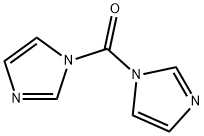
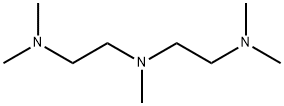
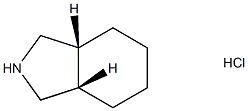


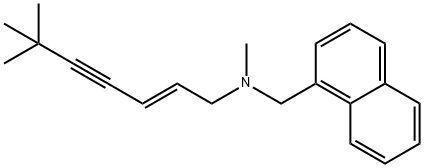


You may like
-
 Pyridoxamine dihydrochloride CAS 524-36-7View Details
Pyridoxamine dihydrochloride CAS 524-36-7View Details
524-36-7 -
 Pyridoxamine dihydrochloride monohydrate 95% CAS 524-36-7View Details
Pyridoxamine dihydrochloride monohydrate 95% CAS 524-36-7View Details
524-36-7 -
 Pyridoxamine hydrochloride CAS 524-36-7View Details
Pyridoxamine hydrochloride CAS 524-36-7View Details
524-36-7 -
 Pyridoxamine dihydrochloride CAS 524-36-7View Details
Pyridoxamine dihydrochloride CAS 524-36-7View Details
524-36-7 -
 Pyridoxamine dihydrochloride CAS 524-36-7View Details
Pyridoxamine dihydrochloride CAS 524-36-7View Details
524-36-7 -
 524-36-7 Pyridoxamine dihydrochloride 99%View Details
524-36-7 Pyridoxamine dihydrochloride 99%View Details
524-36-7 -
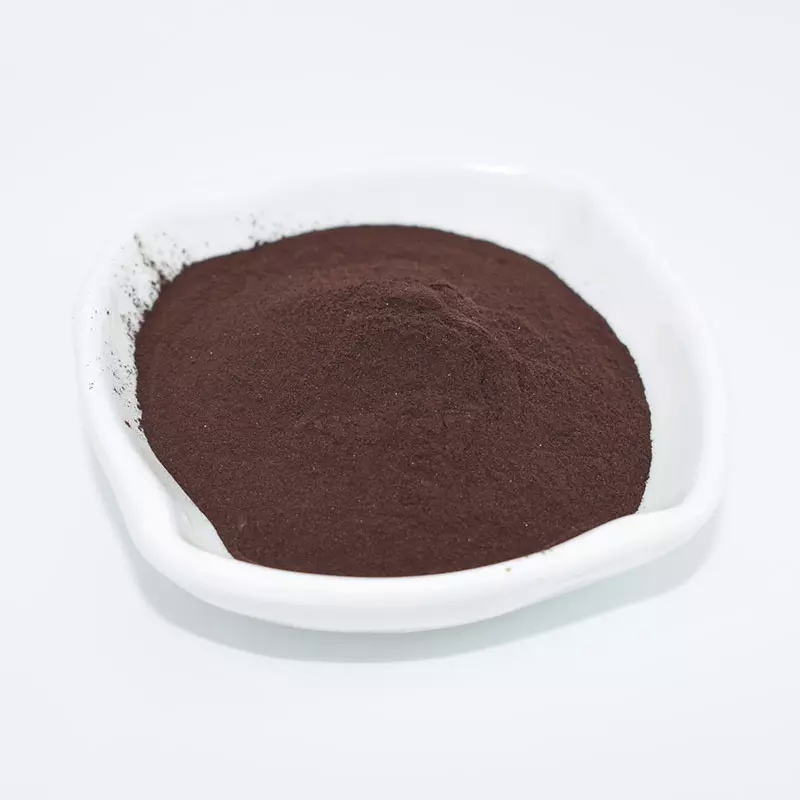 524-36-7 98%View Details
524-36-7 98%View Details
524-36-7 -
 Lithium ClavulanateView Details
Lithium ClavulanateView Details
61177-44-4